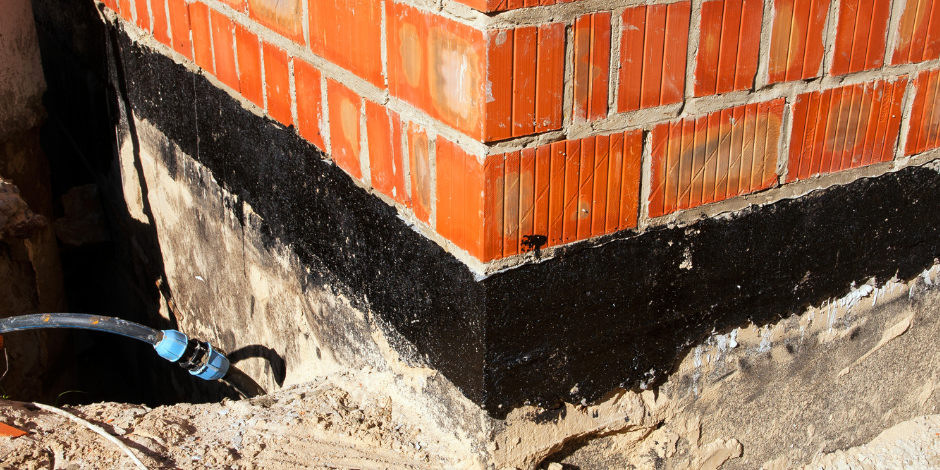Crawl spaces are an often overlooked and neglected part of many homes. They are the small, narrow spaces between the ground and the first floor of a house accessed by crawling or bending down. Crawl spaces are essential in maintaining your home’s energy efficiency, structural integrity, and indoor air quality.
What Are Crawl Spaces?
Crawl spaces are usually found in homes with a raised foundation – this means the floor is elevated off the ground. Each crawl space is unique but usually between 18 and 36 inches high. Crawl spaces often provide access to plumbing, HVAC, and electrical systems that run under the floor of your home. Additionally, they can be ventilated or unventilated, depending on your climate and the construction of your home.
Why Are Crawl Spaces Important?
Believe it or not, crawl spaces support the weight of your home, making them a crucial part of your home’s structural integrity. Aside from supporting the weight of your home, they also help prevent shifting and settling.
Ultimately, crawl spaces serve as a barrier between the ground and the house, protecting the wood framing, subfloor, and insulation from moisture, insects, and rodents. Crawl spaces also affect the energy efficiency of your home. When properly insulated and sealed, crawl spaces can help reduce heating and cooling costs by preventing air leaks and improving the overall insulation of the house.
Maintaining Crawl Spaces
Crawl spaces require regular maintenance to ensure proper functioning and prevent potential problems. Here are some tips on how to maintain crawl spaces:
1. Keep crawl spaces dry: Moisture is the biggest enemy of crawl spaces. It can cause wood rot, mold growth, and attract pests. Ensure that the ground is graded away from the foundation, install gutters and downspouts to direct excessive water away from the house, and use a vapor barrier to prevent moisture from entering the crawl space.
2. Insulate crawl spaces: Proper insulation helps to prevent energy loss, reduce excessive moisture buildup, and prevent the growth of mold and mildew. Use insulation with a high R-value and install it correctly to prevent air leaks.
3. Ventilate crawl spaces: Ventilation helps to improve air circulation, reduce moisture buildup, and prevent mold growth. Install vents or fans to ensure proper ventilation of the crawl space.
4. Seal crawl spaces: Sealing the crawl space can prevent pests, moisture, and air leaks from entering the house. Use sealant or foam insulation to seal all gaps and cracks in the crawl space.
5. Monitor crawl spaces: Regularly inspect the crawl space for signs of moisture, mold, pests, or damage. Address any problems immediately to prevent further damage.
Crawl spaces are crucial in maintaining a home’s structural integrity, energy efficiency, and indoor air quality. Regular maintenance of crawl spaces is necessary to ensure proper functioning and prevent potential problems. If you suspect any issues with your crawl space, it is essential to seek the advice of a professional. A qualified contractor can inspect your crawl space, identify any problems, and provide you with the best action to address them.
Contact us today for crawl space maintenance in Loveland, Fort Collins, or greater Northern Colorado.


